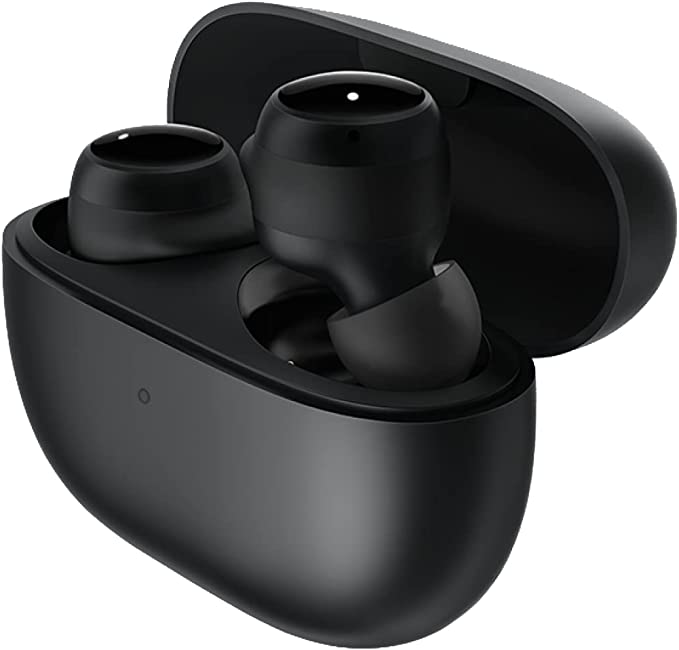TC Helicon VoiceTone D1 Doubling Detune Pedal: The Science of Thickening Your Live Vocals
Update on Aug. 25, 2025, 9:03 a.m.
The year is 1966. Inside the hallowed walls of EMI Recording Studios on Abbey Road, a creative weariness has set in. John Lennon, tasked with recording yet another vocal track to layer atop his first, is tired of the tedious repetition. The pursuit of a thicker, more commanding vocal sound—the very sound that would define an era—was a laborious process of singing the same line, with the same emotion, time and time again. It was out of this artistic friction that a brilliant studio engineer named Ken Townsend invented a solution, not with more singing, but with wiring, motors, and magnetic tape. He called it Artificial Double Tracking (ADT). This ingenious contraption, a clever manipulation of tape machines, could create the illusion of two voices from one, liberating The Beatles and forever changing the sound of recorded music.
That studio secret, once the exclusive domain of world-class engineers and multi-million dollar facilities, now lives inside small, unassuming metal boxes. One such vessel is the TC Helicon VoiceTone D1, a compact pedal that promises that same studio magic for the live performer. But to dismiss it as mere “magic” is to miss the profound and fascinating science at play. The D1, and effects like it, don’t just copy your voice; they stage an elaborate and beautiful deception, exploiting the predictable quirks of human hearing to convince your brain it’s hearing something grander than reality. This is the science of psychoacoustics.

The Beautiful Deception: A Trick of the Listener’s Mind
Psychoacoustics is the study of how our brain interprets the physical properties of sound. It’s a field filled with auditory illusions, where what we perceive is often more complex than the sound waves entering our ears. Vocal doubling is perhaps one of the most powerful of these illusions in music production.
The core principle behind it is a phenomenon known as the Haas Effect, or precedence effect. Your brain is a master at locating sound in space. It does this, in part, by measuring the infinitesimal time difference between a sound arriving at your left and right ears. The Haas Effect dictates that if two identical sounds arrive at your ears within a window of about 40 milliseconds, your brain will not perceive them as two separate events (like an echo). Instead, it fuses them into a single sound and uses the timing of the first arrival to determine its location. The second, slightly delayed sound is then interpreted not as a distinct echo, but as spatial information—adding a sense of width, depth, and richness.
The VoiceTone D1’s doubling effect is a masterful exploitation of this principle. It creates a digital clone of your voice and delays it by a few milliseconds—well within that Haas window. The result isn’t a slapback delay; it’s a sudden, palpable increase in vocal presence. The effect can be subtle, like sketching over a line to make it bolder, or more pronounced, simulating the power of a small group singing in unison.
Then there is detuning. This is a different, though related, form of deception. Instead of just delaying the cloned vocal, the D1 slightly alters its pitch, shifting it by a few cents (a unit where 100 cents equal one musical semitone). When this micro-pitched signal is blended with the original, the two sound waves begin to interfere with one another. At points where the waves align, the volume is boosted (constructive interference); where they oppose, it’s cut (destructive interference). This rapid push-and-pull creates a gentle, periodic oscillation in volume and texture—a smooth, liquid shimmer that adds a professional sheen and richness to the voice. It’s the sonic equivalent of light glinting off a moving surface.

The Ghost in the Machine: A Signal’s Journey
To understand how the D1 performs these auditory tricks in real-time, we must follow the journey of a single sound wave. When you sing into a microphone, your voice is converted into an analog electrical signal. Upon entering the D1, this signal immediately meets an Analog-to-Digital Converter (ADC). The ADC acts like a high-speed cartographer, taking thousands of snapshots of the analog wave every second and converting them into a stream of binary data—numbers that a computer can understand.
This digital stream is then fed into the pedal’s brain: the Digital Signal Processor (DSP). This specialized microchip is the ghost in the machine, the modern incarnation of Ken Townsend’s tape rig. Guided by complex algorithms—the digital “recipes” for the effects—the DSP performs its mathematical magic. It duplicates the data stream, minutely delays one copy, slightly alters the pitch values of another, and does so with a precision that would be impossible in the analog world.
Finally, the newly created “wet” signal (the effect) is sent to a Digital-to-Analog Converter (DAC) to be turned back into an electrical wave. Crucially, high-quality pedals like the D1 often feature what its specifications call an “Analog Signal Format,” more commonly known as analog dry-through. This means your original, unprocessed “dry” vocal signal takes a separate path, bypassing the entire digital conversion process. At the very end, this pure analog signal is mixed back with the processed wet signal. This is a critical design choice, as it ensures the core tone, warmth, and immediacy of your voice are never compromised by the digital journey, preserving the soul of the performance.

The Engineer’s Touch: When Science Meets Practice
A tool is only as good as the hands that wield it, and user experiences with the D1 provide perfect case studies for the practical science of audio engineering.
One user reported a “very noticeable distortion” when singing with more volume, even with the pedal’s gain knob turned down. This isn’t a flaw in the pedal, but a textbook example of improper gain staging. Imagine your audio signal as water being passed along a line of buckets. Each bucket (the microphone preamp, the effects pedal, the mixer channel) can only hold so much water before it spills. “Clipping” or distortion occurs when a bucket is overfilled. The user was likely sending too hot a signal into the D1 from their mixer. This overloaded the pedal’s input stage, causing the digital converter to “clip” the top and bottom of the sound wave. The result is a harsh, unpleasant sound that cannot be fixed later on. The solution is scientific and methodical: ensure the signal level is healthy but not excessive at every stage of its journey.
Another common observation is that vocal effects can sometimes sound “artificial” or “metallic.” This touches on the psychological limit of the illusion. The Wet/Dry mix knob on the D1 is, in essence, a “believability” control. With a subtle blend, your brain is easily fooled, and the effect feels like a natural enhancement. But as you increase the wet signal, you risk crossing a perceptual threshold. The brain stops fusing the sounds and begins to recognize the effect as a separate, synthetic layer. You begin to hear the algorithm itself. This is the uncanny valley of audio, where “almost real” can be more jarring than “obviously fake.” The art lies in finding the sweet spot where the science remains hidden, supporting the performance without drawing attention to itself.
The TC Helicon VoiceTone D1, born of 2011-era technology, is a testament to timeless principles. It serves as a tangible link to a rich history of studio innovation, a practical tool for performers, and a fascinating lesson in the science of hearing. It reminds us that the most powerful effects are not those that shout the loudest, but those that whisper suggestions to our subconscious. The secret to a universe of sound, it turns out, was never just in the box, but in understanding how to unlock the incredible auditory theater of the human mind.



























































